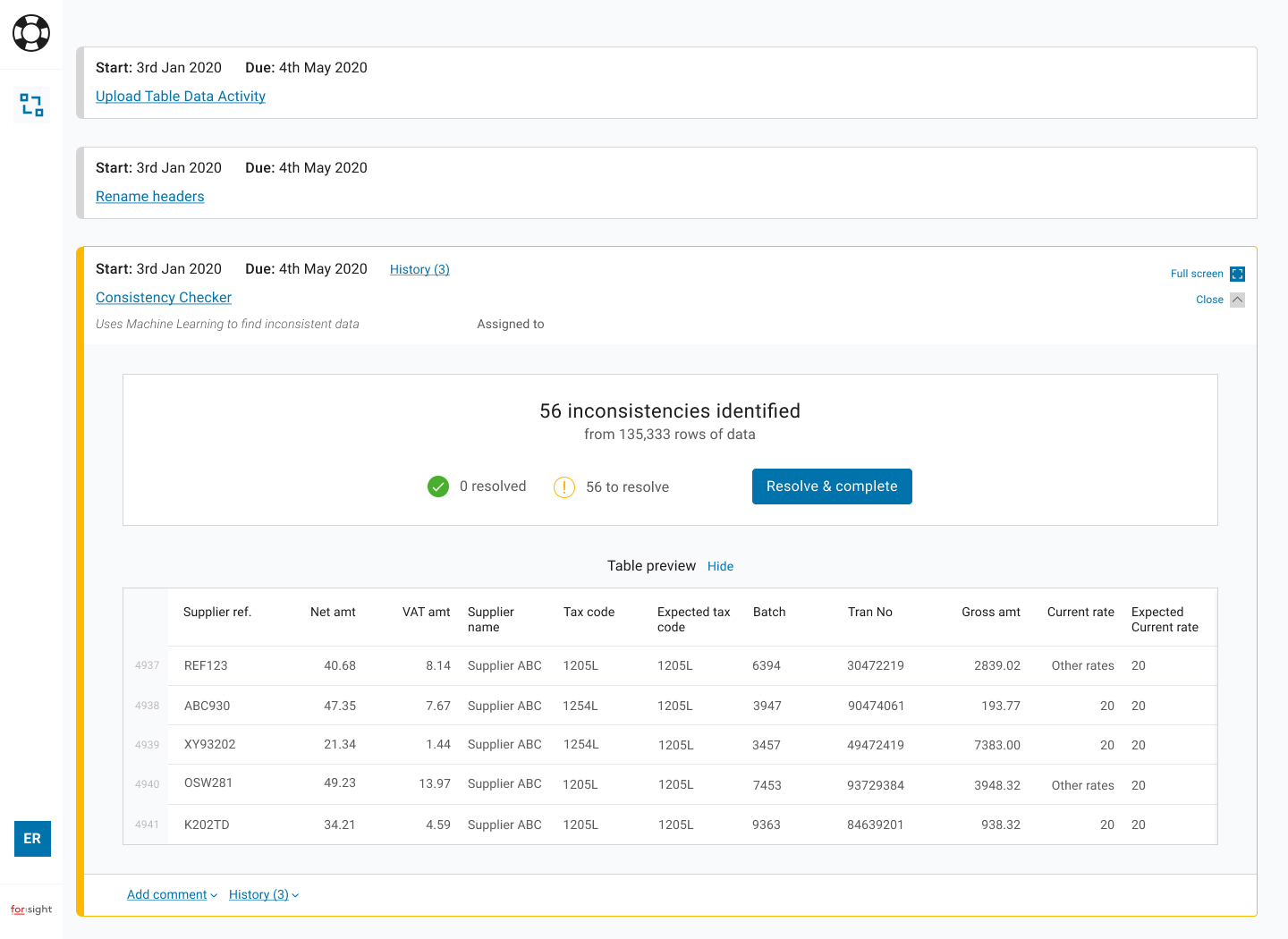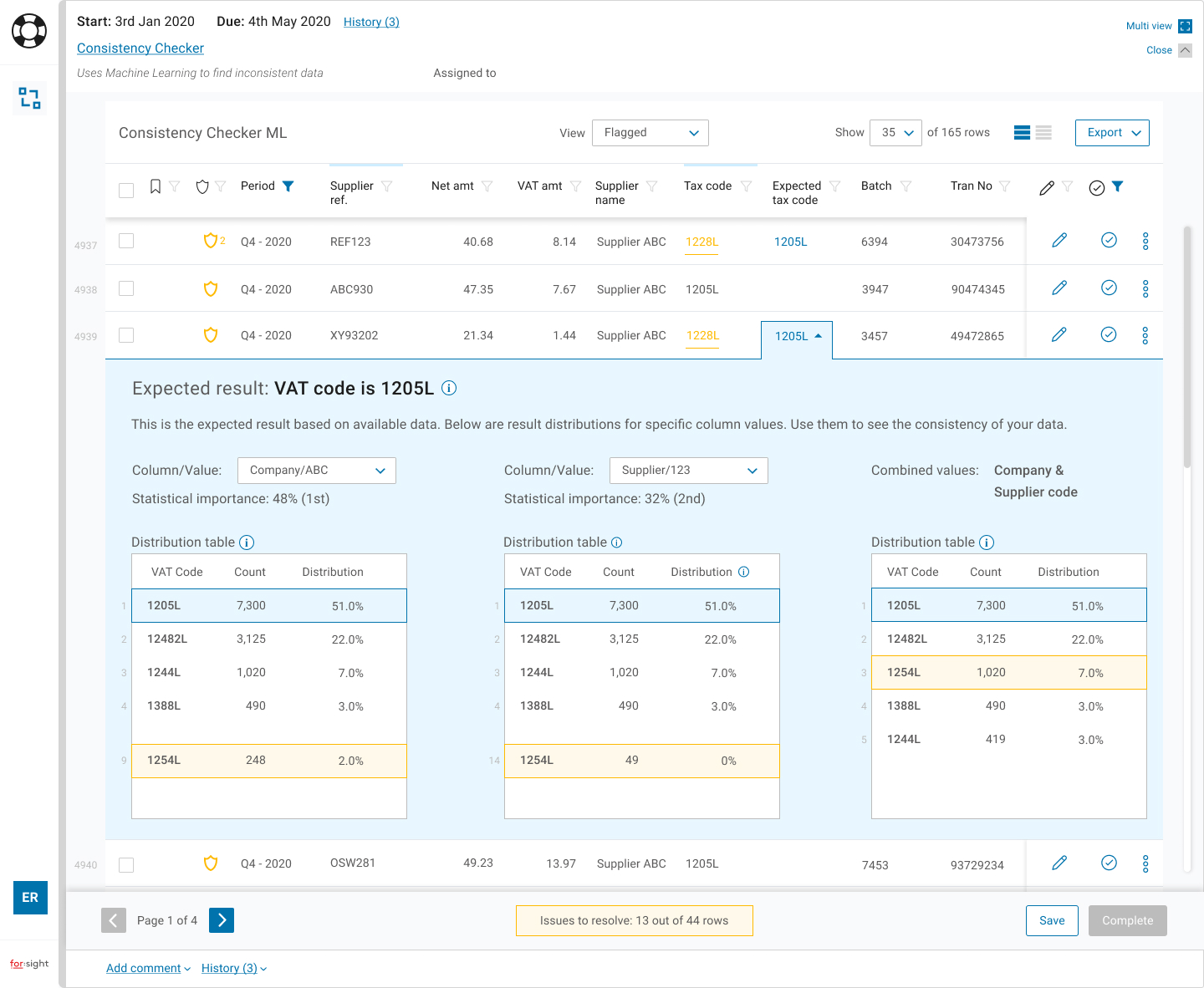ARKK’s Head of Product Design, Thaddeus Hickman, explores why accounting software has been slow to adapt and how the end-user is key to uncovering real value in tax software.
The user experience of accounting software has tended to be, I’m looking for the right word here, lousy? You might think that’s a bit harsh but ask most Finance Departments and they can tell you many unhappy stories of being given software and told to get on with. To then find out that the software was hard to learn and even harder to use. Sound familiar?
There is, however, a silver lining. The voice of our long-ignored user has never been louder than now, as it helps shape the User Experience of digital products and increases the value they provide to the finance professionals and companies who use them.
The difference between User Experience and User Interface
Before we get started, let’s clarify a few terms. By User Experience, or UX, I mean the total experience of using an app, site or digital product. This includes how good it is at doing what it’s supposed to do? How easy it is to use? And crucially, how you feel about the complete experience of using it?
Another term often used is a product’s User Interface – or UI. It’s the part most people think of when talking about the ‘design’ of a product. It’s the visual part that users see and interact with, so in many ways it’s the most tangible aspect. But it’s actually only one part, though a significant one, of the User Experience.
Why business software has been slow to listen to users
In fairness, business software is complex and has traditionally lacked the agility and pace of consumer software. On top of that, the end-users, the people who actually use the software, have not been sitting at the top table when purchasing decisions were made. It was assumed that if the software did the job, that was good enough, right?
Well, no. Not anymore.
The rise of the user
The tech revolution is rapidly changing human behaviour in profound and far-reaching ways. It sounds strange to say but we’re all now heavy users of software - every day, if not every hour. Think about it: how often are you separated from your mobile phone on an average day? The truth is, we spend much of our waking days interacting with software.
This has meant that users generally have an ever-expanding awareness of what they like and don’t like about interactive products. And not only as consumers - but also as employees.
What’s the real impact to business?
Providing business users with software that makes them happier employees is clearly a significant plus for organisations. But crucially, making users more effective in their jobs is the huge win here. This change from the ground up is driving real efficiencies, such as reducing labour-intensive activities. While also introducing new game-changing capabilities into companies’ workflows and providing a needed competitive edge in a dynamically changing market.
So how to harness user-driven insight?
Tax software that truly delivers for the user and therefore for the business has one key ingredient: an uncompromising focus on users’ needs. This is the key.
But where do you start? This is where UX comes in.
UX provides a design process that places the user at the centre of how we think about software, how we design, build and – ultimately - judge its success.
It starts with a commitment to really listening to users and deeply understanding their needs and mindset. We do this in many ways, but a central activity is carrying out user interviews. These provide us with a detailed view of the users in the context of their work environment, the key responsibilities in their role and the priority tasks they need to carry out. This helps identify where efficiencies and opportunities may lie.
At ARKK, this approach has enabled us to identify, for example, the significant challenge for users and businesses in dealing with sieving through huge datasets to find errors. This takes significant time and effort for users to work through. This allowed us to introduce a machine learning module, called Consistency Checker, to meet this challenge in our platform for:sight. Now millions of transactions that were previously dealt with manually are automatically scanned for inconsistencies. AI insight then helps the user resolve any outstanding issues.

Consistency Checker results

AI provides insights into identified inconsistencies
But our UX process is also ongoing. We use a ‘Design, Test and Learn’ loop. This means that we show early designs to users (the earlier the better), often with detailed interactive designs for each step of a user journey or task. We might ask the user to use a new feature, such as comparative reports, while reviewing a VAT Summary to aid understanding. Our interest may lie in the value the user experiences using this feature, or we might have more of a focus on usability – how easy is it to use? We then take this feedback and evolve the product and its user experience. Then the Design, Test and Learn loop continues.
Innovation-driven
Though UX is fundamental to delivering great products, it’s ultimately the focus on the end-user that enables us to constantly discover where real value exists. We believe that the tax sector is not only ready for this user-driven market shift but the innovation this approach provides is vital in helping our customers stay ahead in an ever-competitive market.
If you’d like to learn more about our for:sight platform, click here. Or discover more more finance and tax content on the ARKK blog.

